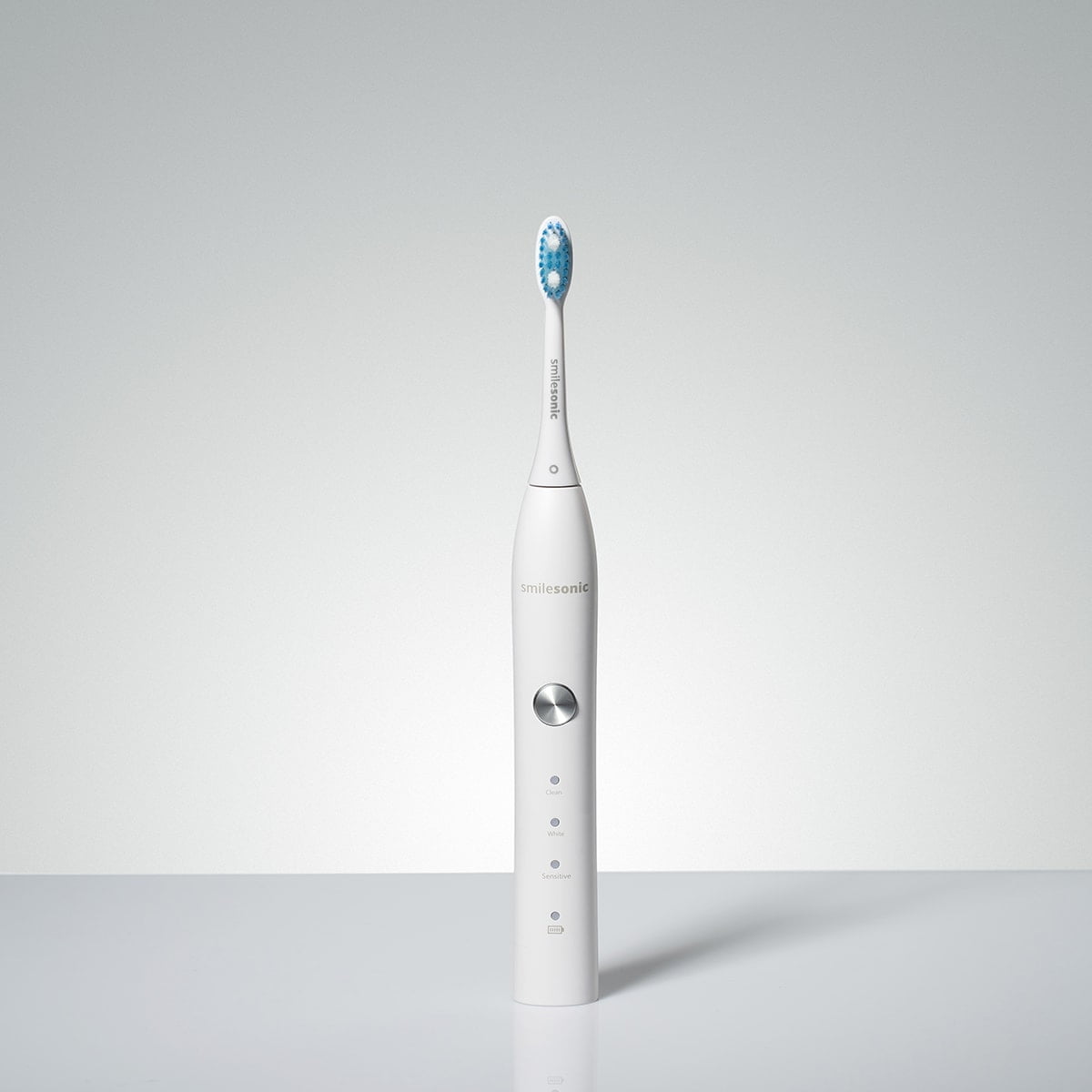Enamel demineralization – symptoms, causes, and how to restore tooth enamel
What is enamel demineralization?
Enamel demineralization is a process in which essential minerals, primarily calcium and phosphate, are lost from the hard tissues of the tooth such as enamel, dentin, and cementum. This occurs when hydroxyapatite crystals, the fundamental building blocks of enamel, are broken down by acids. These acids usually come from bacterial plaque and dietary sources like sugars and acidic foods. Demineralization compromises the structure and strength of enamel, making the teeth more susceptible to sensitivity, damage, and decay.
How to recognize enamel demineralization
The earliest sign of enamel demineralization is the appearance of white spots on the teeth. These discolorations result from mineral loss and may be accompanied by a rough or gritty tooth surface. Some people experience discomfort or sharp pain while brushing or eating, especially when consuming hot, cold, sweet, or acidic foods. As demineralization progresses, cracks and enamel chipping may occur. Sensitivity becomes more intense, and in severe cases, biting or brushing can trigger acute discomfort.
What are the effects of demineralized enamel?
Demineralized enamel can lead to serious oral health problems. Teeth may begin to chip, crack, or crumble. Cavities develop more quickly due to the weakened protective layer. White demineralization spots become more visible and difficult to reverse. The overall increase in plaque and tartar accumulation may lead to gum inflammation and bad breath. In this compromised state, enamel is far more likely to fall victim to tooth decay and other long-term complications.
What causes enamel demineralization?
One of the most common causes of demineralization is poor oral hygiene, which allows plaque to accumulate and produce acid. Frequent consumption of sugary and carbonated beverages also accelerates mineral loss from enamel. A highly acidic diet that includes foods like citrus fruits, tomato-based sauces, and vinegar-heavy dressings can break down the protective barrier of enamel. Excessive use of low-quality whitening products and overexposure to fluoride may also trigger mineral imbalance in the enamel, especially in children. Additionally, using a toothbrush with hard bristles or brushing too aggressively can erode the enamel surface and contribute to demineralization over time.
Read also: XEROSTOMIA
How to rebuild enamel – what is remineralization?
Remineralization is the natural process of restoring lost minerals to the enamel. This process helps to harden the tooth surface and reverse the early signs of decay. A diet rich in calcium and phosphate is essential to support remineralization. Iron is another key mineral that can help reduce plaque buildup and protect enamel. Vitamins A and D also play a significant role by enhancing the absorption and metabolism of these minerals. These nutrients can be found in foods such as dairy products, whole grains, green vegetables like broccoli and celery, eggs, and liver.
Enamel remineralization and oral hygiene practices
To support the remineralization process, consistent oral hygiene is critical. Teeth should be brushed twice a day using a soft-bristled toothbrush and remineralizing toothpaste containing fluoride or hydroxyapatite. Dental floss should be used daily to clean the spaces between teeth, and a mouthwash designed to support enamel health can provide additional protection. Using an oral irrigator can further help remove plaque from hard-to-reach areas. It’s important not to brush teeth immediately after eating, especially after acidic meals, as this can increase enamel wear. Waiting about thirty minutes allows the mouth to naturally neutralize acidity through saliva.
Prevention and regular dental care are key
Regular dental visits are a cornerstone of effective enamel care. During these appointments, dentists can perform professional cleanings to remove plaque and tartar, and apply fluoride treatments to reinforce enamel. They may also recommend dietary changes or oral care routines tailored to your enamel’s condition. With proper preventive measures, enamel can regain strength and resilience, protecting your teeth from future decay and preserving your healthy smile.






